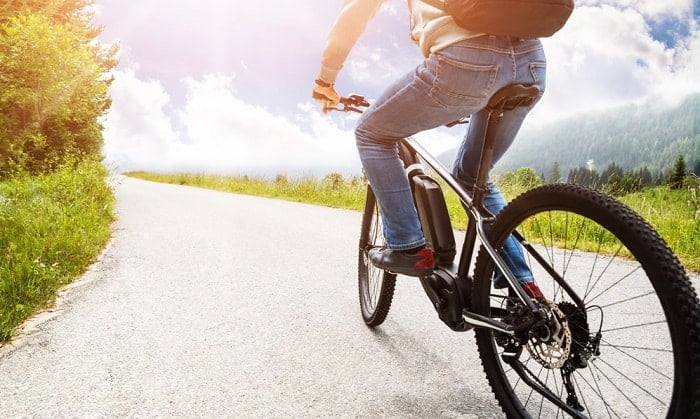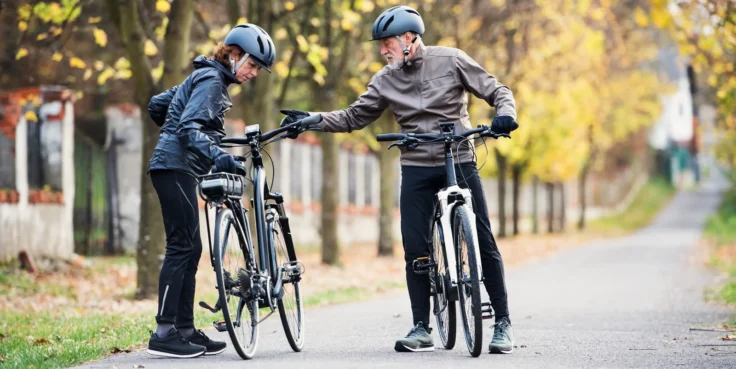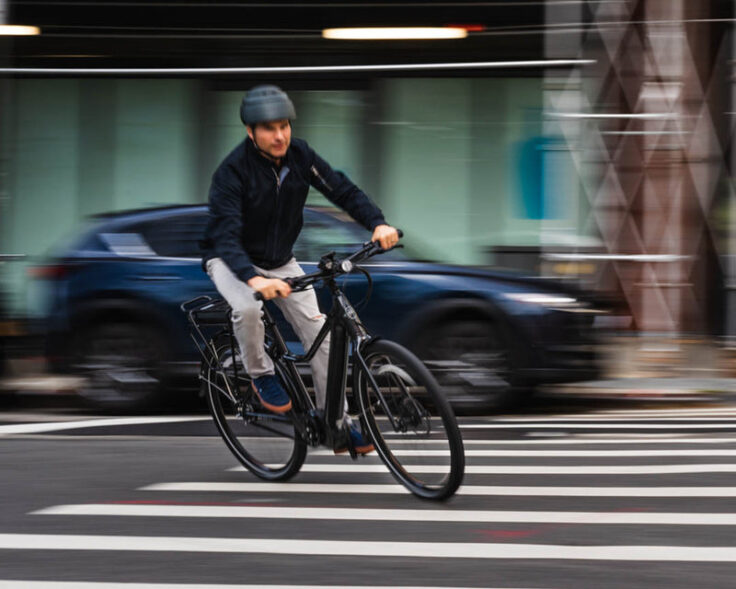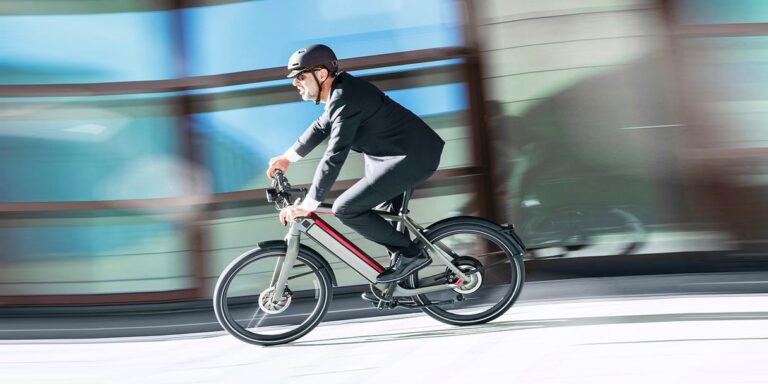Electric bikes, also known as e-bikes, have gained popularity in recent years as a convenient and eco-friendly mode of transportation. These bikes have an electric motor that provides assistance to the rider, making pedaling less strenuous and allowing riders to travel at higher speeds. However, many people are still unsure about the speed capabilities of electric bikes. In this article, we will explore the factors that determine the speed of an electric bike Click here and provide some general information about how fast you can expect to go on an e-bike.
What Determines the Speed of an Electric Bike?
The speed of an electric bike is determined by several factors, including:
The motor power:
The power of the motor is one of the most significant factors that determine the speed of an electric bike. The more powerful the motor, the faster the bike can go. Most electric bikes have motors with power ratings ranging from 250 watts to 750 watts.
Battery voltage:
The voltage of the battery also affects the speed of an electric bike. The higher the voltage, the faster the bike can go. Most electric bike batteries have voltages ranging from 24 to 48 volts.
The weight of the rider:
The weight of the rider is another factor that affects the speed of an electric bike. Heavier riders may find that their bikes are slower than lighter riders due to the extra weight the motor has to move.
Terrain:
The terrain you are riding on also affects the speed of an electric bike. Flat terrain is easier to ride on, and riders can travel faster. Hills and steep inclines will slow down an e-bike’s speed.
Wind:
The wind can affect the speed of an electric bike, just like it can affect the speed of a regular bike. Strong headwinds will slow down the bike, while tailwinds can help increase the speed.
How Fast Can Electric Bikes Go?

The maximum speed of an electric bike varies depending on the factors mentioned above. Most electric bikes have a maximum speed of 20 to 28 mph (32 to 45 km/h). However, some electric bikes can go faster, with some models capable of reaching speeds of 45 mph (72 km/h).
In the United States, electric bikes are classified into three categories based on their maximum speed:
Class 1:
These e-bikes have a maximum speed of 20 mph (32 km/h) and have a pedal-assist system that only works when the rider is pedaling.
Class 2:
These e-bikes have a maximum speed of 20 mph (32 km/h) but also have a throttle that allows the rider to use the electric motor without pedaling.
Class 3:
These e-bikes have a maximum speed of 28 mph (45 km/h) but only provide assistance when the rider is pedaling.
It’s worth noting that the maximum speed of an electric bike may be limited by local laws and regulations. In some countries, the maximum speed of an e-bike is limited to 25 km/h, while in others, it can be as high as 45 km/h.
Chipping an e-bike:
It’s extremely simple to remove the restriction on moving faster with motor help since the e-bike’s firmware limits its maximum assistance speed. Our article on can I chip my e-bike has further information on the practice known as chipping and its effects.
It could just need a little software change to get rid of the speed restriction. However, take aware that it will alter your e-bike’s class from pedelec to speed pedelec in Europe and the UK and to Class 3 in the US. You will now be in the realm of mandated insurance and registration since new rules apply. Chipping an e-bike is forbidden in several countries, including France, and is punishable by prison time.
Advantages of Riding an Electric Bike

Eco-friendly:
Electric bikes are a greener alternative to traditional gas-powered vehicles. They emit fewer greenhouse gases and reduce air pollution.
Cost-effective:
Electric bikes are cheaper to operate than gas-powered vehicles. They require less maintenance and cost less to charge than fill up a gas tank.
Convenient:
Electric bikes are a convenient mode of transportation, especially for short distances. They are easy to park and can navigate through traffic with ease.
Health benefits:
Electric bikes still require the rider to pedal, which provides exercise and helps improve cardiovascular health.
Faster commute:
Electric bikes can help you get to your destination faster than a regular bike, especially if you have a long commute. You can reach your destination faster and with less effort, which is especially helpful for those who commute to work or school.
Improved accessibility:
Electric bikes can make cycling more accessible to those who may not be able to ride a regular bike due to physical limitations or health conditions. The electric motor provides assistance, making it easier to ride for longer distances or up hills.
Fun and enjoyable:
Riding an electric bike is a fun and enjoyable experience. You can still enjoy the scenery and fresh air while riding at a faster speed and with less effort.
Safety Considerations

While electric bikes can provide numerous benefits, it’s important to keep safety considerations in mind. Here are a few things to keep in mind when riding an electric bike:
Wear a helmet:
Just like when riding a regular bike, wearing a helmet is essential for safety when riding an electric bike.
Follow traffic laws:
Electric bikes are considered bicycles, so you should follow the same traffic laws as regular bikes. This includes stopping at stop signs, riding in designated bike lanes, and using hand signals when turning.
Be aware of your surroundings:
Electric bikes can travel at faster speeds than regular bikes, so it’s important to be aware of your surroundings and potential hazards, such as cars or pedestrians.
Maintain your bike:
Keeping your electric bike well-maintained is essential for safety. Regularly check the brakes, tires, and other components to ensure they are functioning properly.
Conclusion

The speed of an electric bike depends on several factors, including motor power, battery voltage, rider weight, terrain, and wind conditions. Most electric bikes have a maximum speed of 20 to 28 mph (32 to 45 km/h), but some can go faster. Electric bikes offer numerous benefits, including eco-friendliness, cost-effectiveness, convenience, health benefits, improved accessibility, and enjoyment.
However, it’s important to keep safety considerations in mind when riding an electric bike, such as wearing a helmet, following traffic laws, being aware of your surroundings, and maintaining your bike properly. With these considerations in mind, electric bikes can provide an excellent alternative mode of transportation for commuting, leisure, and exercise.

